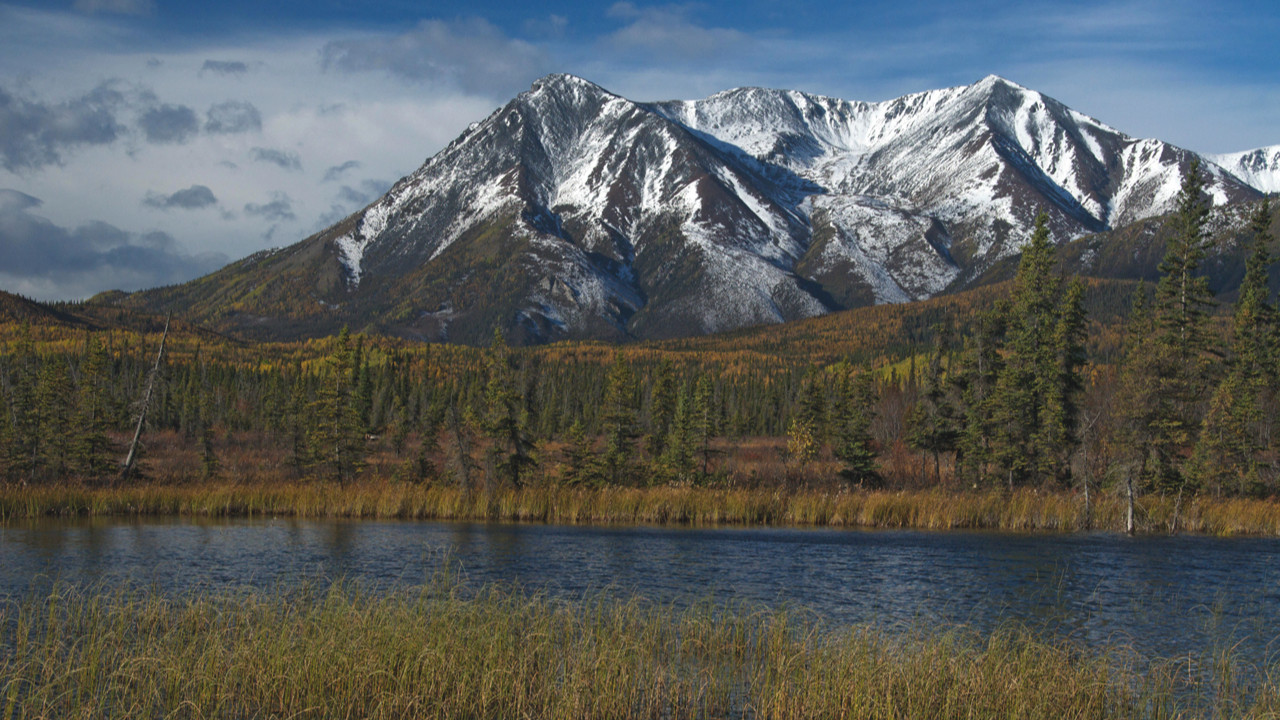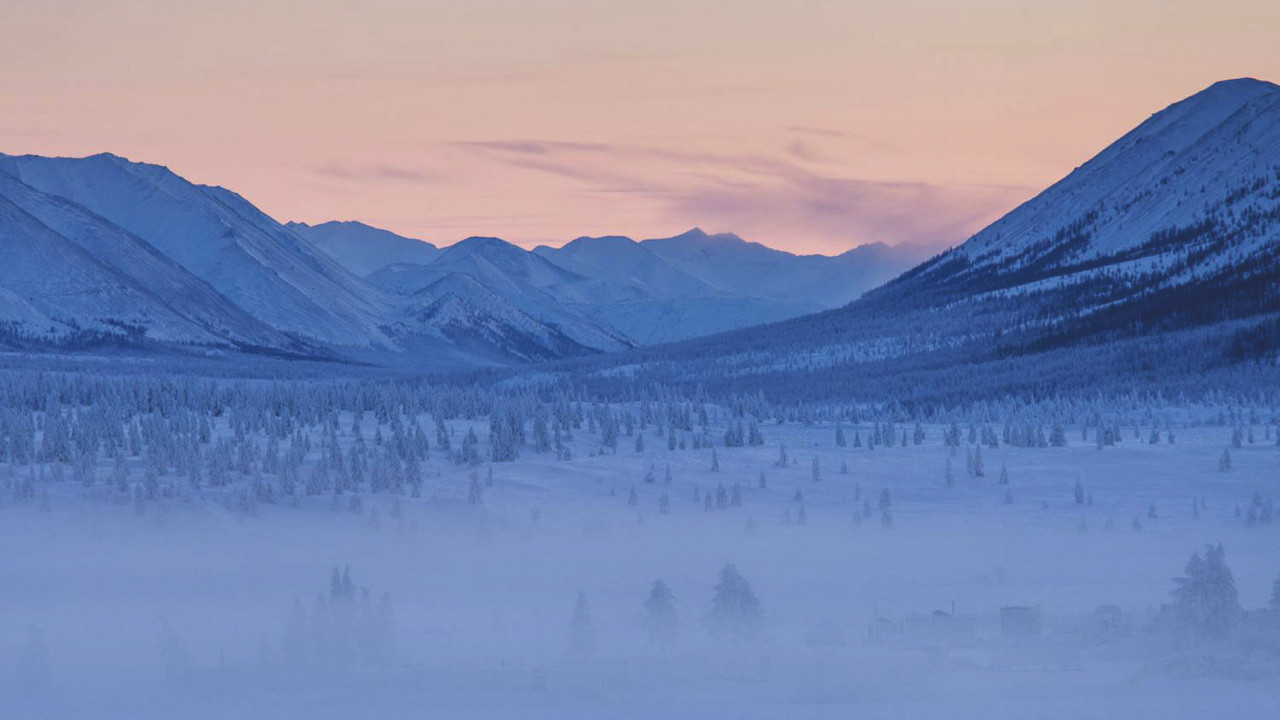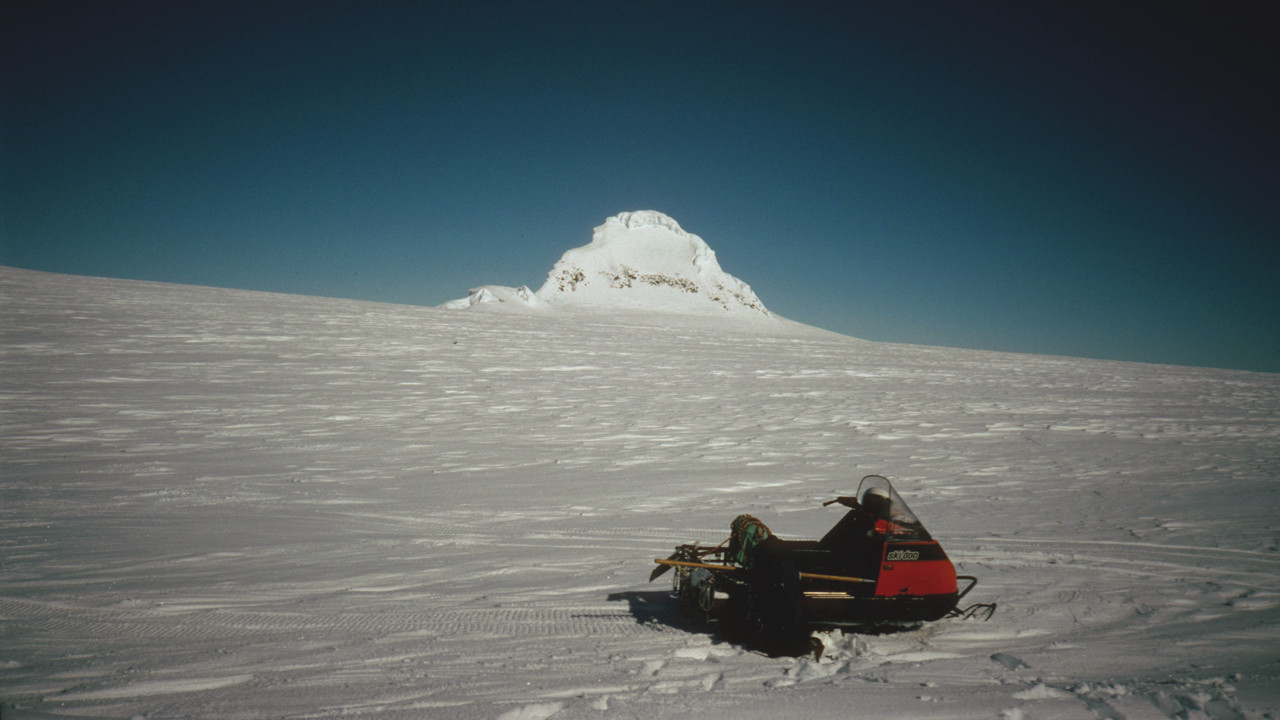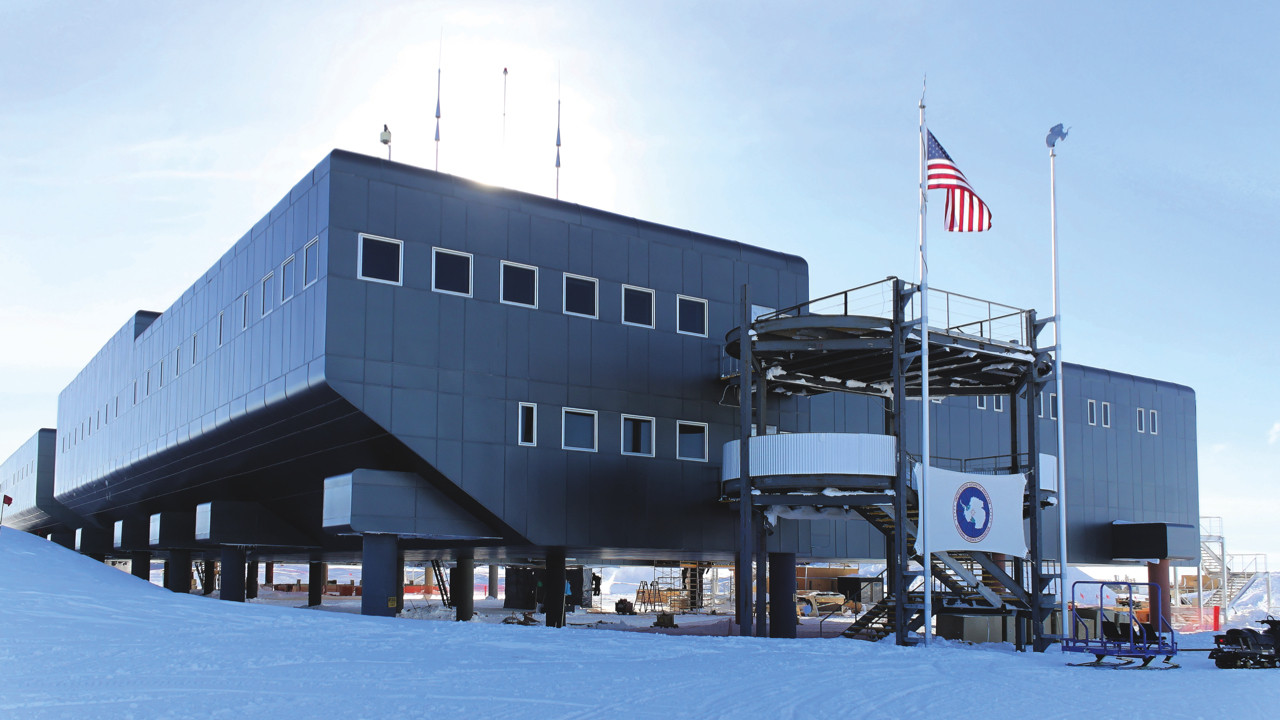The Earth is home to a stunning variety of climates, from scorching deserts to lush rainforests. But at the extreme end of the spectrum are the coldest places on Earth, environments so harsh that human survival seems almost impossible. Yet, intrepid explorers and dedicated scientists have not only ventured into these frigid zones but have also established outposts to conduct groundbreaking research.
In many of these locations, standard thermometers cease to function. Exposed skin can freeze in mere minutes, and your breath instantly transforms into ice crystals upon exhalation. As you delve into this exploration of extreme cold, you’ll discover places where the concept of “needing a coat” is a profound understatement.
These sites are not just desolate landscapes; they are also crucial hubs for scientific discovery. Fields like climate research, geology, astronomy, and even extreme biomedicine thrive in these seemingly inhospitable conditions, providing invaluable insights into our planet and the universe.
So, prepare a warm beverage and join us as we journey to discover the most bone-chilling places on Earth, where the definition of cold is pushed to its absolute limits.
10. Snag, Yukon, Canada
 Snowy ice range at Snag, Yukon, Canada
Snowy ice range at Snag, Yukon, Canada
Temperature: -62.7°C (-81°F)
When: February 1947
Nestled in a bowl-shaped valley within the Yukon territory of Canada, Snag is a now-abandoned village that witnessed an extraordinary temperature plunge during an unusually severe winter in the 1940s. This remote location holds the record for the coldest temperature ever recorded in continental North America.
The extreme cold in Snag had peculiar effects. Residents reported their breath freezing instantly as they exhaled, falling to the ground like a fine, white powder. Adding to the strangeness, sounds traveled remarkably far in the dense, frigid air, with voices carrying for miles, highlighting the unique acoustic properties of such cold environments.
9. North Ice, Greenland
 Frozen wasteland at North Ice, Greenland
Frozen wasteland at North Ice, Greenland
Temperature: -66.1°C (-87°F)
When: January 1954
Established in 1952 by the British North Greenland Expedition, North Ice served as a pioneering research station in the heart of Greenland. Initially accessed by dog sled teams, the station was later resupplied by military aircraft, delivering vital equipment and provisions to a team of dedicated explorers and scientists.
The temperature recorded at North Ice in 1954 was a landmark achievement, marking the coldest temperature ever documented in the Northern Hemisphere at that time. The expedition undertook a wide array of scientific investigations, encompassing geology, seismology, physiology, and glaciology, contributing significantly to our understanding of these fields in extreme polar conditions.
8. Oymyakon, Russia
 Icy sunset at Oymyakon, Russia
Icy sunset at Oymyakon, Russia
Temperature: -67.8°C (-90°F)
When: February 1933
Often cited as one of the coldest permanently inhabited settlements on Earth, Oymyakon in rural Russia presents a unique case of human adaptation to extreme cold. Home to fewer than 1,000 residents, this village’s location between two valleys exacerbates its frigid conditions by trapping cold winds.
Life in Oymyakon is dictated by the relentless winter. The ground remains perpetually frozen (permafrost), and incredibly, local schools only suspend classes when temperatures plummet below -55°C (-67°F), showcasing the remarkable resilience of its community in one of the coldest inhabited places.
7. Klinck research station, Greenland
 Snowmobile in arctic tundra
Snowmobile in arctic tundra
Temperature: -69.4°C (-93°F)
When: December 1991
Greenland, the world’s largest island, is largely covered by a massive ice sheet, resulting in a very sparse population. Establishing weather stations in this challenging environment requires scientists to navigate the icy terrain on snowmobiles, transporting delicate instruments and equipment.
The effort is worthwhile, as these stations provide crucial data for climate science and have recorded some of the most extreme weather conditions in the Northern Hemisphere. Klinck Research Station, situated near the highest point of the Greenland ice sheet, is particularly exposed to the harsh, dry, and intensely cold continental climate, making it a prime location for observing extreme temperatures.
6. Verkhoyansk, Russia
Temperature: -69.8°C (-93.6°F)
When: February 1892
Another contender for the title of the coldest inhabited place, Verkhoyansk, a Russian town within the Arctic Circle, is considered one of the northern “Poles of Cold.” With a population of around 1,000, it experiences some of the most extreme temperature variations on Earth.
Verkhoyansk’s unique climate is shaped by the Siberian High, a system of cold, dense air. This region is susceptible to temperature inversions, where temperatures increase with altitude. Remarkably, Verkhoyansk experiences summer temperatures exceeding 30°C (86°F), creating an astonishing temperature swing between seasons, highlighting the dramatic climate contrasts possible even in extremely cold regions.
5. Denali, Alaska
 Mountain range at Denali
Mountain range at Denali
Temperature: -73.8°C (-100.8°F)
When: Sometime between 1950 and 1969
Denali, the towering highest mountain peak in North America, stands at over 6,000m (19,685 feet) above sea level. This majestic mountain, formerly known as Mount McKinley, is a climber’s dream and a site of extreme weather conditions.
A weather station near Denali’s summit recorded the coldest temperature in the United States in 2003, reaching a frigid -73.8°C (-100.8°F). The mountain’s official name was reverted to Denali, its name in the Koyukon language spoken by the indigenous people of the region, reflecting its deep historical and cultural significance.
4. Dome Argus, Antarctic Plateau
 Dome Argus
Dome Argus
Temperature: -82.5°C (-116.5°F)
When: July 2005
Venturing deeper into the realm of extreme cold, Dome Argus on the Antarctic Plateau is considered a potential location for even lower temperatures than currently recorded. Situated near Dome Fuji, the current record holder, scientists speculate that a ridge in the Dome Argus region may harbor the absolute coldest natural conditions on Earth.
Researchers at the University of Colorado at Boulder utilized infrared mapping technology in 2018 to pinpoint areas in eastern Antarctica, including Dome Argus, where temperatures could potentially plunge below -90°C (-130°F). These ultra-cold zones are found in shallow depressions at high elevations, ranging from 3,800 to 4,050m (12,467 to 13,287 feet), making Dome Argus a prime candidate in the search for the coldest place.
3. Amundsen-Scott South Pole Station, Antarctica
 Amundsen-Scott South Pole Station
Amundsen-Scott South Pole Station
Temperature: -82.8°C (-117°F)
When: June 1982
Life at the Amundsen-Scott South Pole Station is unlike anywhere else on Earth. Residents experience only one sunrise and one sunset per year, a testament to its location at the planet’s southernmost point. It’s perhaps unsurprising then that this station, situated high on the Antarctic plateau at nearly 3,000m (9,843 feet) elevation, has recorded some of the coldest temperatures ever measured.
Even during the Antarctic summer, temperatures at the South Pole Station rarely rise above -12°C (10.4°F). Permanently occupied since 1956 by the United States, the station hosts an average population of around 150 people, which reduces to a skeleton crew during the harsh winter months. Scientists at the station conduct vital research in fields ranging from neutrino physics to biomedical studies and cosmic microwave background observations using the South Pole Telescope.
2. Vostok Research Station, Antarctica
 Vostok Research Station, Antarctica
Vostok Research Station, Antarctica
Temperature: -89.2°C (-128.6°F)
When: July 1983
Paradoxically, Vostok Research Station in Antarctica, one of the coldest places on Earth, is also one of the sunniest, at least during the Antarctic summer. In December, it enjoys over 22 hours of sunlight daily. However, this contrasts sharply with the polar night, where sunlight is absent for months. Vostok holds the record for the lowest mean annual temperature of any weather station globally.
Established by the Soviet Union in 1957, Vostok Research Station is a hub for diverse scientific research. Besides ice core drilling and magnetometry studies, scientists have explored Lake Vostok, a vast subglacial lake hidden beneath the Antarctic ice sheet. This exploration revealed a unique ecosystem of microbes and multicellular organisms, isolated from the rest of the world for millions of years, offering insights into life in extreme environments.
1. Dome Fuji, Antarctic
 Arctic tundra at Dome Fuji
Arctic tundra at Dome Fuji
Temperature: -93.2°C (-135.8°F)
When: August 2010
In 2010, the Landsat 8 satellite, observing a high ridge on the East Antarctic ice sheet, confirmed what scientists suspected: Dome Fuji is exceptionally cold. Recording a temperature of -93.2°C (-135.8°F), this location officially became recognized as the coldest place on Earth, surpassing the previous record held by Vostok Station since 1983. This temperature is considered the lowest naturally occurring temperature ever recorded on our planet.
Despite temperatures rarely exceeding -30°C (-22°F), humans have found ways to live and work in this region. The nearby Dome Fuji Station, established in 1995, facilitates ongoing research, including drilling ice cores that provide a climatic record stretching back 720,000 years. For those intrigued by extreme environments, Dome Fuji represents the ultimate frontier of cold, a place where the planet’s most frigid secrets are slowly being unveiled.
